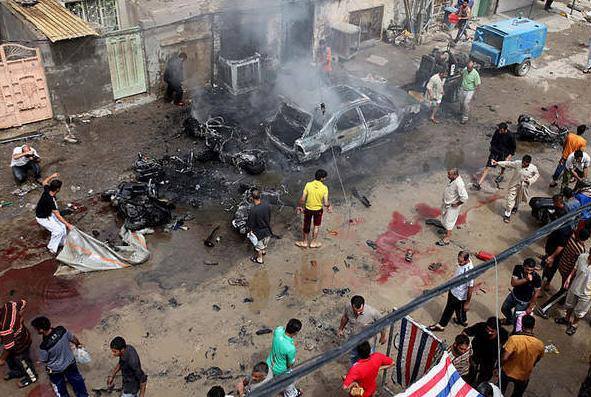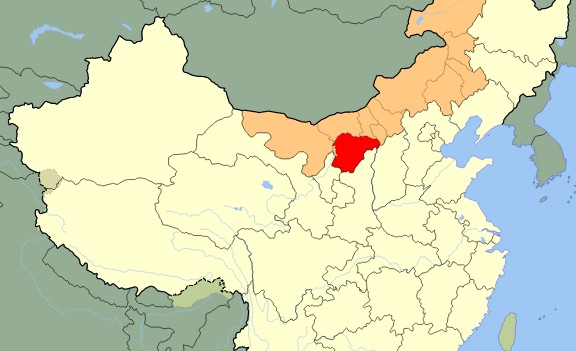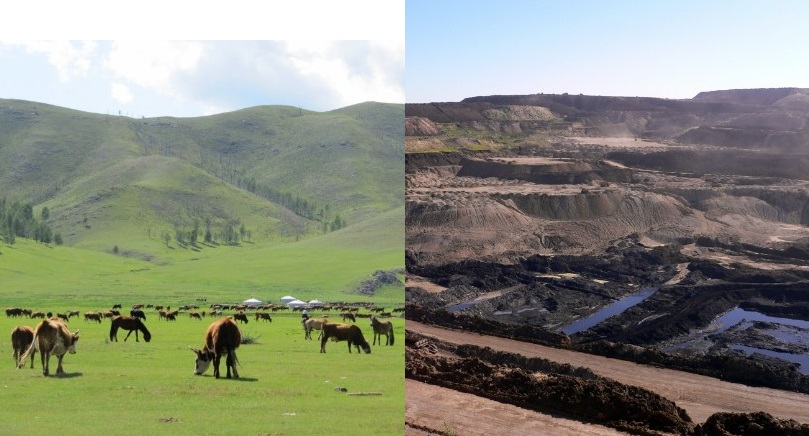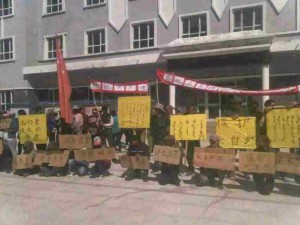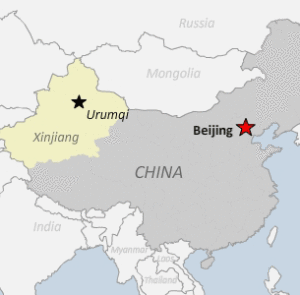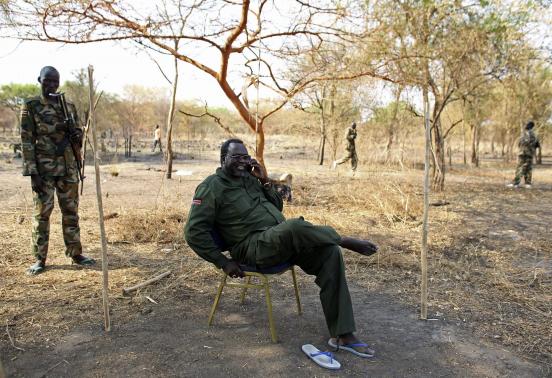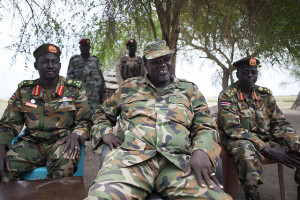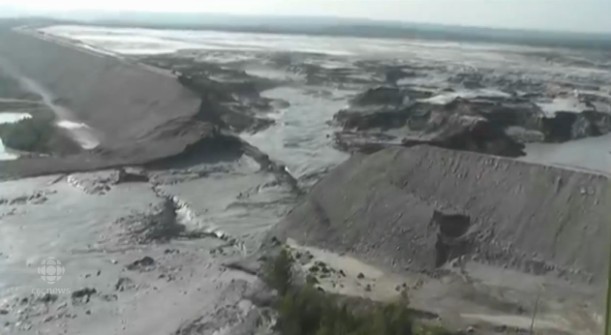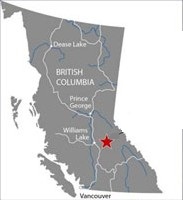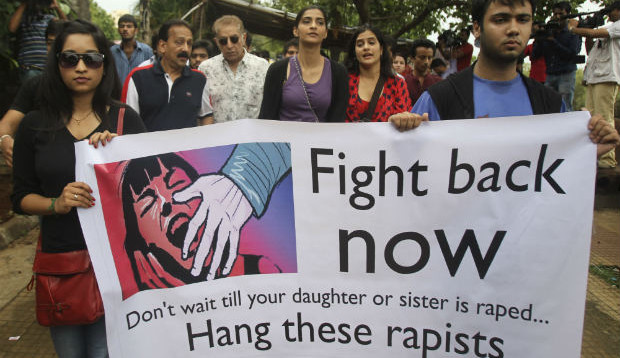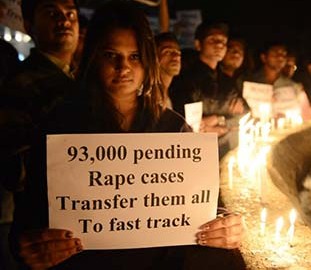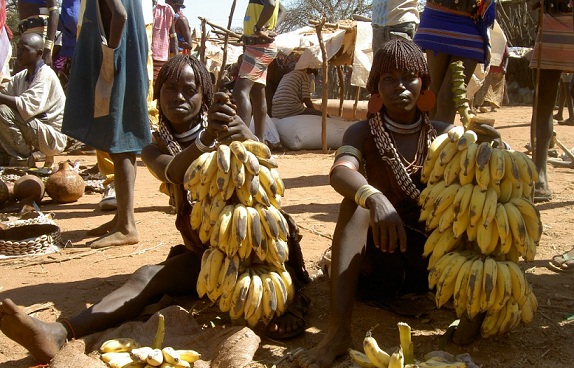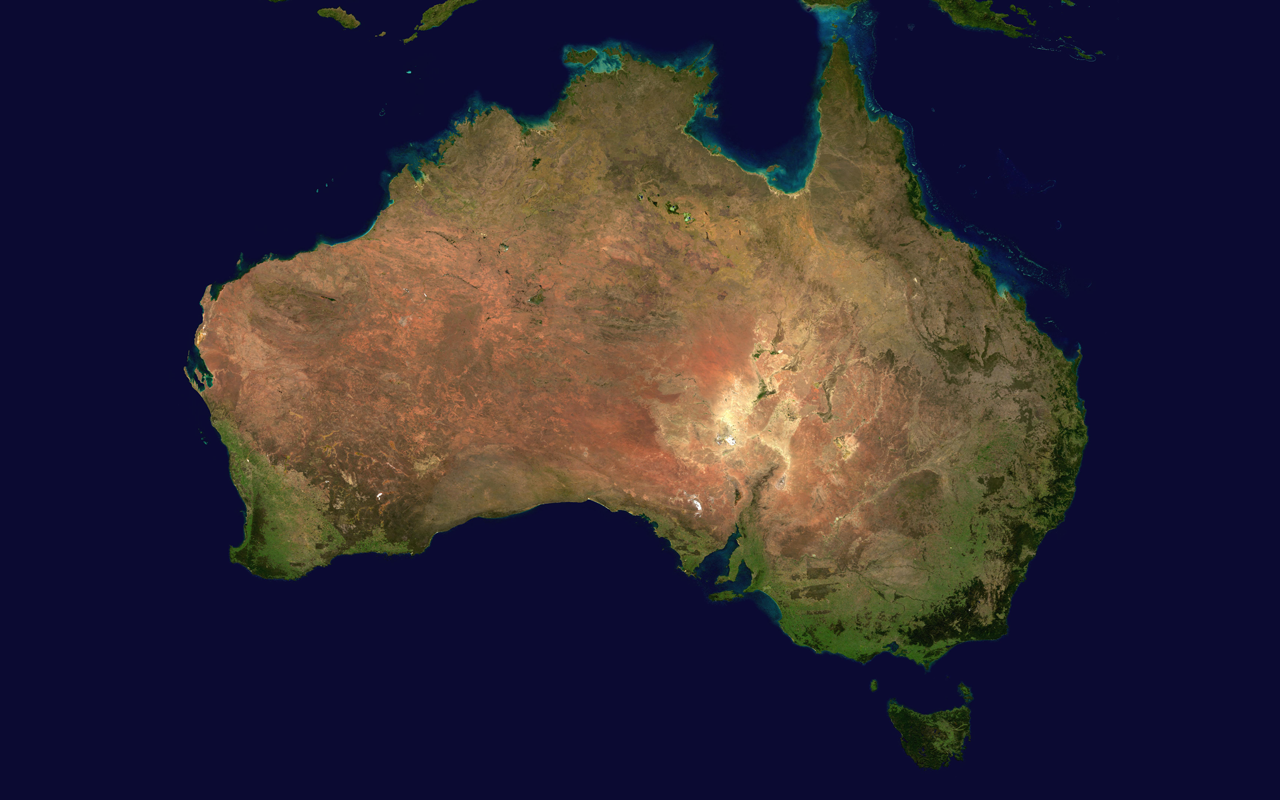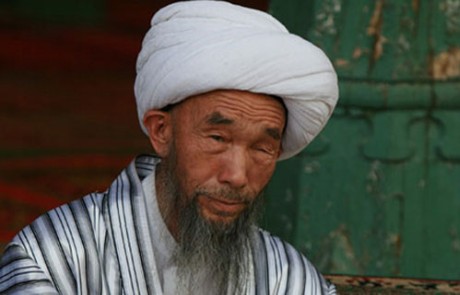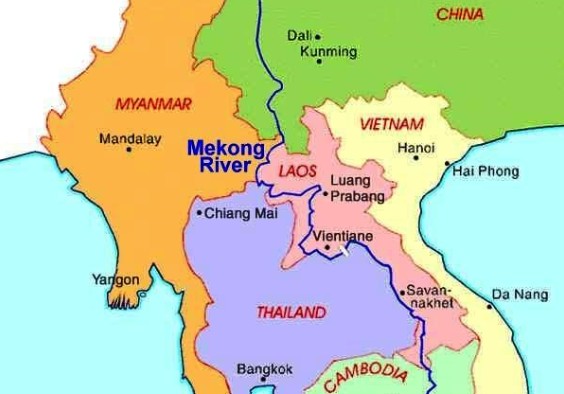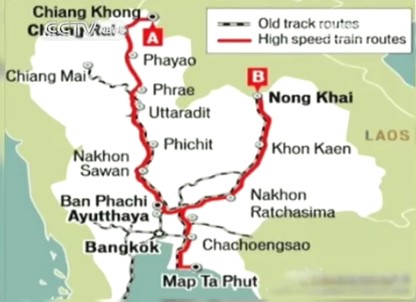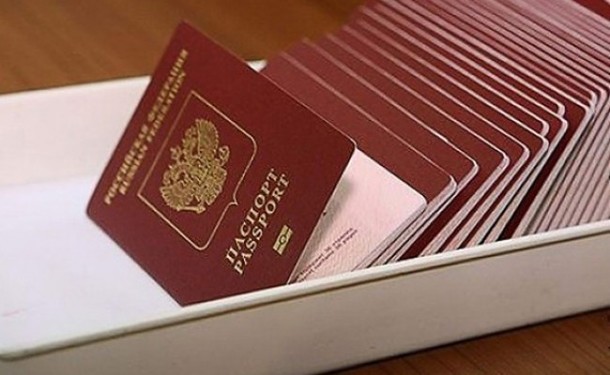In Xinjiang a recent protest turned riot ended in approximately 2,000 dead, according to Uyghur leaders. Local sources have put the number in the thousands as well. Recent official Chinese sources, however, have provided a number of 96 killed.
The incident took place July 28, on the eve of Eid al-Fitr, one of the largest Islamic holidays celebrated at the end of the holy month of Ramadan. Chinese authorities had imposed heavy religious restrictions in Xinjiang, which provoked an Uyghur uprising, reportedly.
Official Chinese and Uyghur account of the incident differ.
According to some Uyghur sources, the events leading to the riot began when around 40 women were detained by authorities for wearing excessively Islamic clothing–a crime in Xinjiang. When the 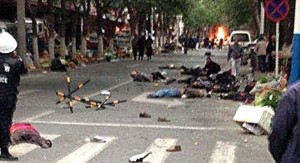 family members of these women went to request the women return home to prepare for the celebration, their requests were denied.
family members of these women went to request the women return home to prepare for the celebration, their requests were denied.
Later, a religious gathering took place. A large security force attended the gathering, which they considered illegal, and the confrontation escalated. Fifteen to 20 people were shot initially. Riots spread to nearby villages.
According to Chinese authorities, there had been an “organized and premeditated” attack, in which Uighurs used knives and axes to ambush cars and trucks. Former imam Nuramat Sawut was identified by authorities as the mastermind behind the attack. Sawut had been fired from his office at a village mosque recently for disrespect of the elderly and poor knowledge of Islam, state news Xinjiang Daily reported.
Xinjiang daily quoted Sawut’s cousin, “He is the shame of our village. After the terrorist attack, everybody has drawn a 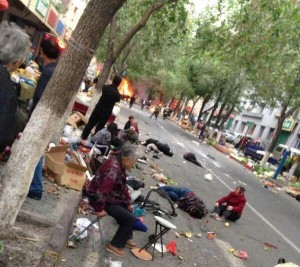 clear line. We all support the Communist Party and the government in their efforts to strike a hard-line against terrorism and return a peaceful life to us.”
clear line. We all support the Communist Party and the government in their efforts to strike a hard-line against terrorism and return a peaceful life to us.”
Chinese accounts of the event also included a narrative in which a “gang” of Uighurs, connected to the terrorist group East Turkestan Islamic Movement (ETIM), attacked police and government buildings in Elishku township, to which the authorities reacted with “a resolute crackdown to eradicate terrorists.”
Official reports initially reported that “dozens” of people had been killed, but later provided a figure of 96 deaths. Of the 96 deaths, officials reported that 37 were civilians killed in the incident and 59 were assailants shot dead by police. Thirty-five of the deaths were reported to be Han Chinese, two were Uyghurs, and the others were reported as “terrorists.”
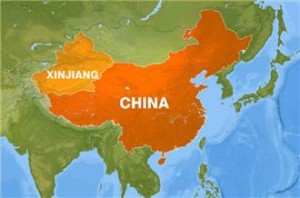 Ninety-six deaths make the incident the deadliest example of ethnic violence in five years for China. In 2009, 200 people were killed in Xinjiang riots.
Ninety-six deaths make the incident the deadliest example of ethnic violence in five years for China. In 2009, 200 people were killed in Xinjiang riots.
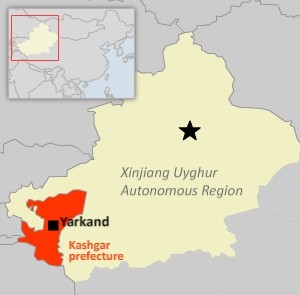 Additionally, 215 people were arrested.
Additionally, 215 people were arrested.
Nury Turkel, Washington-based attorney active in the World Uighur Conference–a Germany-based group–made statements about a government action that was hidden. “Something terrible has happened that they are trying to sweep under the rug,” said Turkel.
Overseas Uighurs have also made statements that the official account is false, and that authorities had put the town on lock down, blocking telephone and internet communications, for days.
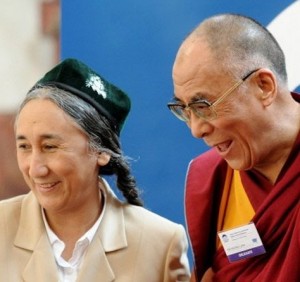
Exiled Uighur leader Rebiya Kadeer, citing local sources, stated that at least 2,000 Uighurs may have been killed during the riots. Kadeer accused the Chinese authorities of covering up a “massacre” of Uighurs.
According to Kadeer, the riots began after a Uighur march to the police and government buildings protesting for justice “for the killing of innocent villagers,” including a police shooting death of a family of five during a dispute over traditional headscarves. Some protesters attacked government buildings and employees with sticks. Police shot down nearly all the protesters and went on a house-to-house search, killing other people, Kadeer reported.
“We have evidence in hand that at least 2,000 Uyghurs in the neighborhood of Elishku township have been killed by Chinese security forces on the first day and they ‘cleaned up’ the dead bodies on the second and third day during a curfew that was imposed,” stated Kadeer, “without even condemnation from the outside world.”
“It is clearly state terrorism and a crime against humanity by any standard committed by Chinese security forces against the unarmed Uyghur population,” said Kadeer.
Kadeer has lived as an exile in Washington, DC since her release from prison in China in 2005.
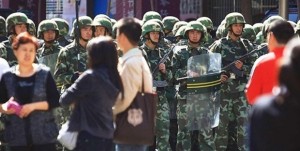 Han Chinese Source within Yarkand have put the number at “possibly more than 1,000,” and attributing the violence to “East Turkestanis” attacking people “with great, big chopping knives,” and comparing the region to Iraq, adding that some involved Uyghurs were foreign nationals from overseas and from Pakistan.
Han Chinese Source within Yarkand have put the number at “possibly more than 1,000,” and attributing the violence to “East Turkestanis” attacking people “with great, big chopping knives,” and comparing the region to Iraq, adding that some involved Uyghurs were foreign nationals from overseas and from Pakistan.
So far, no independent reporting has come out of the area. Local doctors have said that they are not able to answer questions about the injuries treated after the incident.
By James Haleavy
